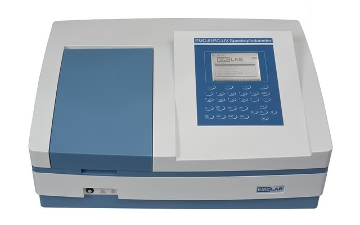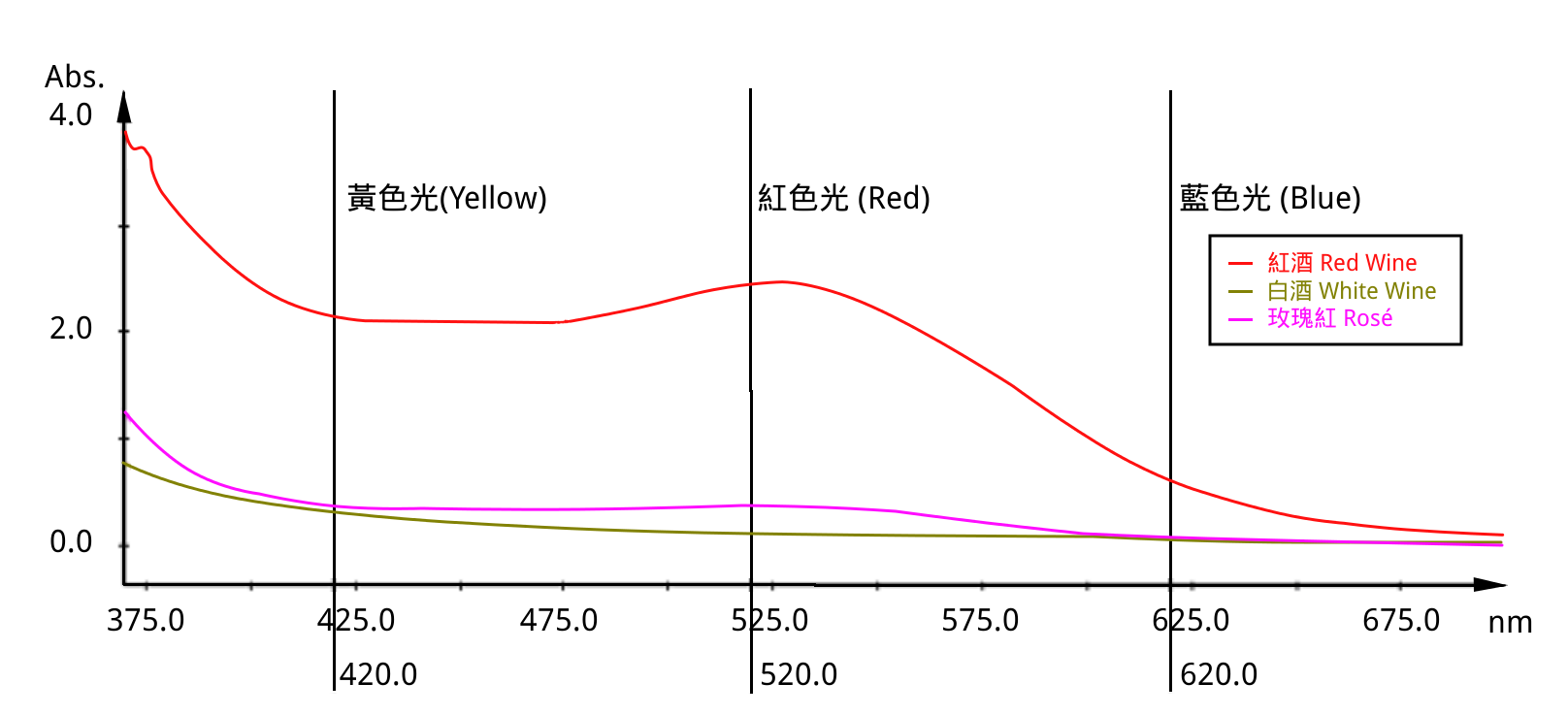UV-Vis Spectrophotometer for Quality Inspection of Wine

Red wine, white wine has become a common dining drink in the daily life, even though the wine industry is not developed. However, the wine consumption by people here, already can not be underestimated, and the demands has spurred for the quality of wine. For wine trader and merchants, identification of the quality of wine became the important process for avoiding fake or maintaining the necessary means goodwill.
An UV-Vis Spectrometer has many advantages, including:
- Easy to use
- Just to be simple sample pre-treatment
- With reliable accuracy
- Measurement speed
Since the price of an UV-Vis spectrophotometer has been quite affordable, so that UV-Vis spectrophotometry is increasingly widely and has been used in quality assurance, on-site quality control on the production line. Among the applications of this instrument, the quality management of food industry, the UV-Vis spectrophotometer has become more and more popular.
The quality wine can be identified by its color intensity, hue, and CIE (Commission Internationale de l'Eclairage) L*a*b* Color Space. The color intensity is used to determine the darkness of color of wine, while the hue is used to determine the color measurable unit of the wine. In addition, L*a*b* color space, is one of the most commonly used measurement of the standard color values. L* value is the measurement of the luminosity or brightness, 0 represents pure black and 100 is pure white. a* value is used to represent a reddish or greenish color. A positive number represents a* reddish color, and negative a* indicates the color green. b* value are yellow-blue unit of measurement. Positive b* value indicates the color yellow, negative b* indicates the color blue.
The quality of the wine can be measured by a spectrophotometer, while the absorbance of each wavelength, can result the measurement of the color intensity, hue, L*a*b* color space, by applying the mathematics formulas. By comparing the standard sample (the known quality of red wine, white wine samples, say "golden sample") of its spectral characteristics , one is able to analyze the sample being measured, and identify its difference from the "golden sample".
The easiest way is measuring the UV-Vis spectra of three wavelengths of visible light absorbance at 420 nm (yellow), 520 nm (red), 620 nm (blue light), or scan the entire spectrum, then, calculates more accurate color information from the raw spectral data.
The below figure is the red wine, white wine, rose wine, were placed in a "Scanning UV-Vis Spectrophotometer" by the 10mm optical path cuvette, and measuring the results (if a simple measurement with only these three wavelengths absorption values, ACTTR recommends an "Economic UV-Vis Spectrophotometer" with lower price and lower budget for you, which is enough for the measurement.

From the wavelength 420 nm, 520 nm, and 620nm absorption values obtained, after a simple calculation, two color characteristic value can be obtained, i.e., color intensity and hue:
Color Intensity = A420 + A520 + A620
Hue = A420 / A520
The measurement of the above figure above, is collected in the following table
|
Different Wine |
420 nm |
520 nm |
620 nm |
Color |
Color |
|
Red Wine |
2.1248 |
2.4427 |
0.5801 |
5.1476 |
0.8699 |
|
White Wine |
0.2901 |
0.0844 |
0.0252 |
0.3997 |
3.4372 |
|
Rosé |
0.3603 |
0.3607 |
0.0610 |
0.7820 |
0.9989 |
If coupled with tannin reagent in the testing procedure, one can test the extra properties of wine by measuring the difference between the sample and golden sample with richer information, by identification of color information via an UV-Vis Spectrophotometer.
A scanning type spectrometer, can be further scan the reflectance within 380nm - 780nm wavelength range, more precise calculation, to obtain L*a*b* color space coordinate position. This method is beyond the scope of this article, we will not discuss here. Similar applications can also be applied in other food quality analysis, as well as food quality control, with rapid screening purposes. Since there are many applications, and they are not able to be listed one by one, to obtain further information, please contact to ACTTR Technology, we will assign professions and serve you, thank you!


